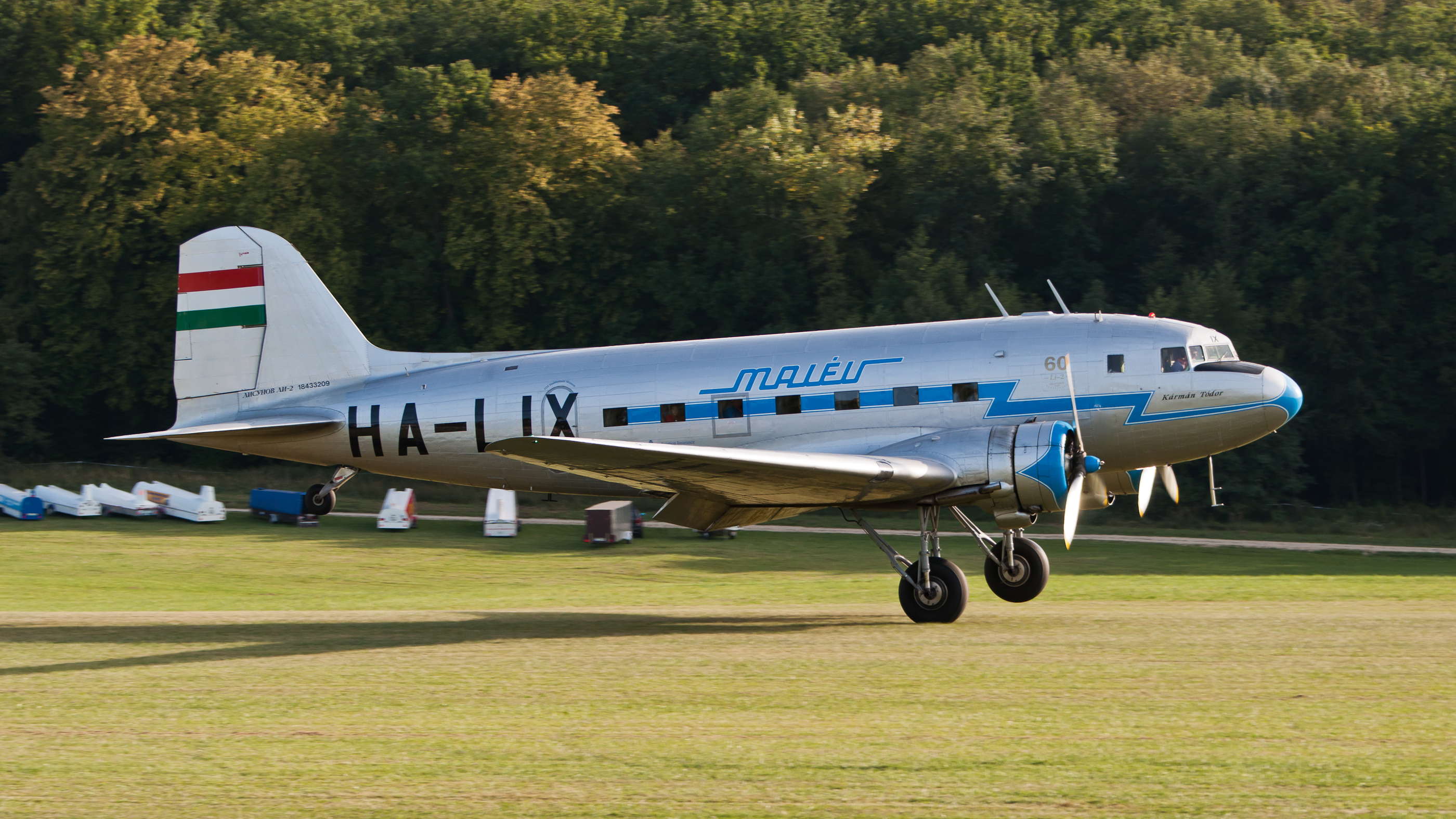Dark Alley Dan
CGN Ultra frequent flyer
- Location
- Darkest Edmonton
That just seems really...optimistic.
The Antonov AN-2 is a general-purpose light hauler, designed to operate far from support off dirt, grass, snow, or water. The first one flew in 1947, and the last one left the assembly line in 2001. It's the Russian equivalent of the DC-3, a plane so overengineered that only gravity and corrosion can kill it.
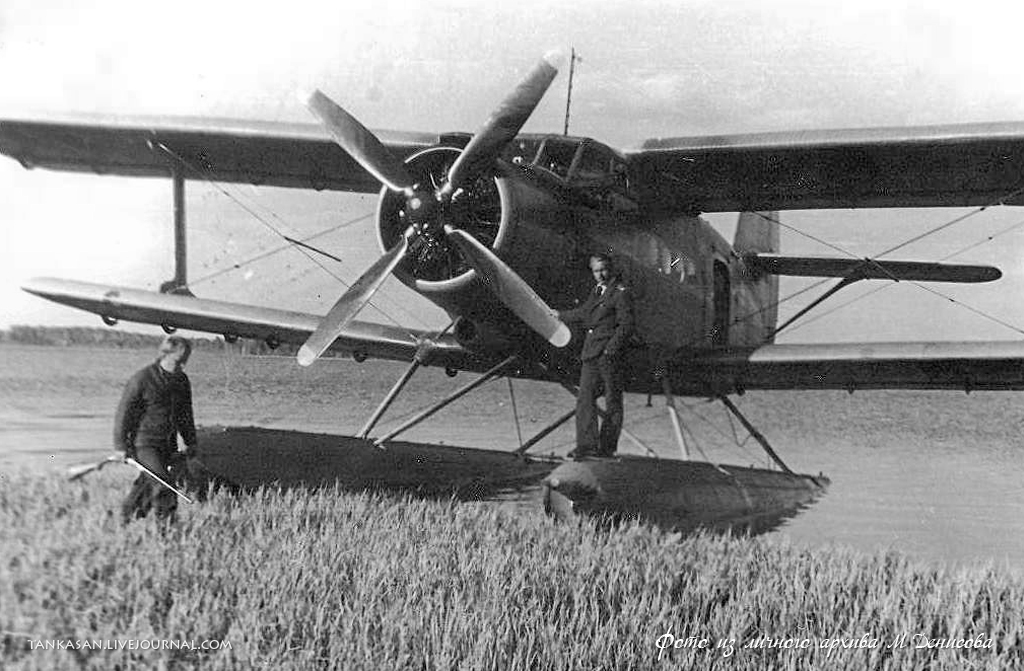
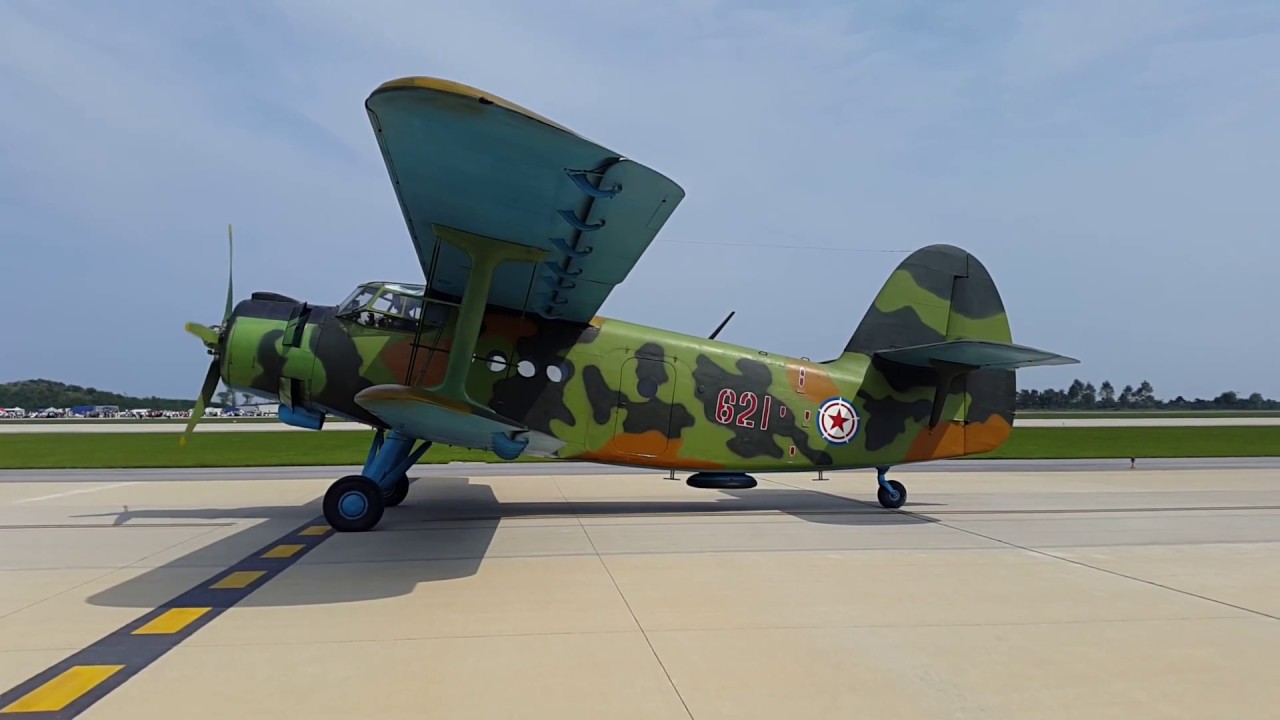

Operators included FIFTY different countries, including Afghanistan,

Poland,
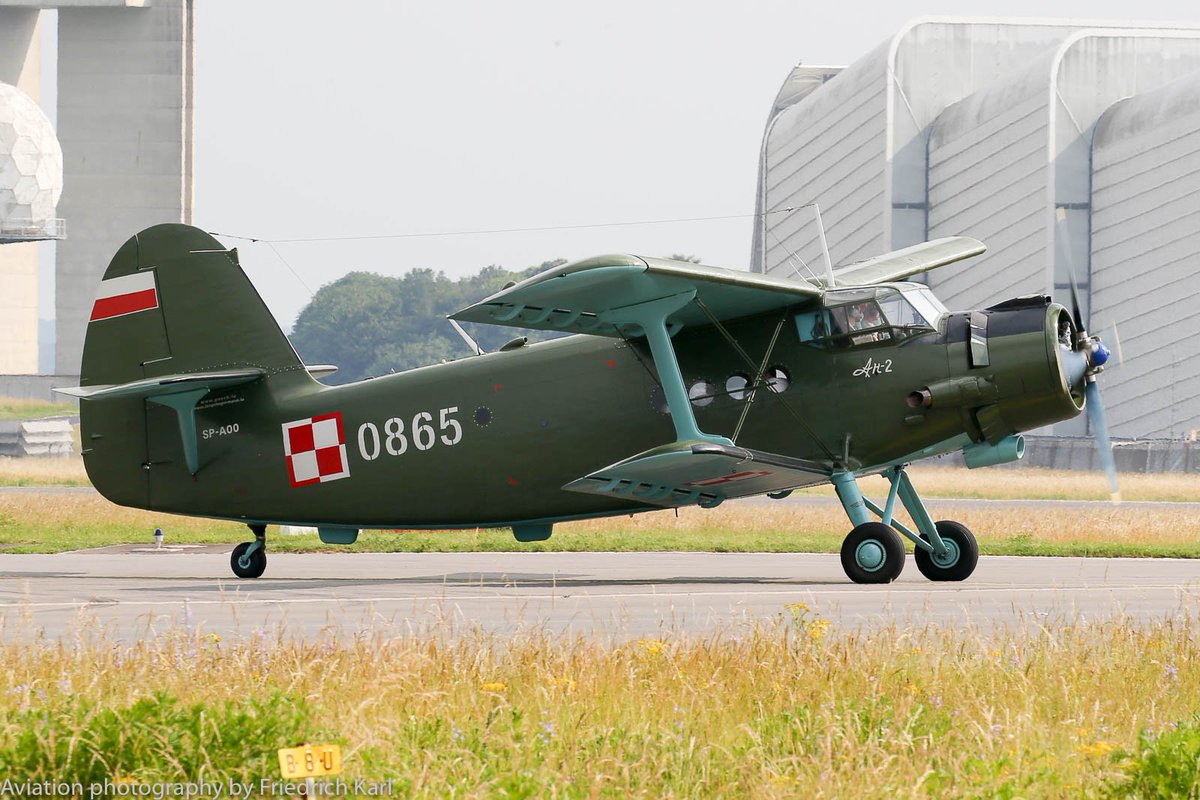
Lithuania,
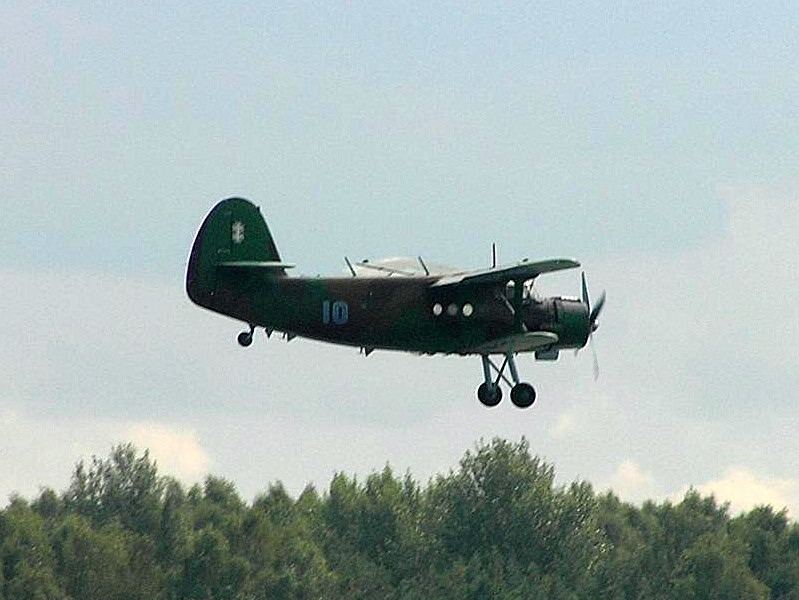
Serbia,
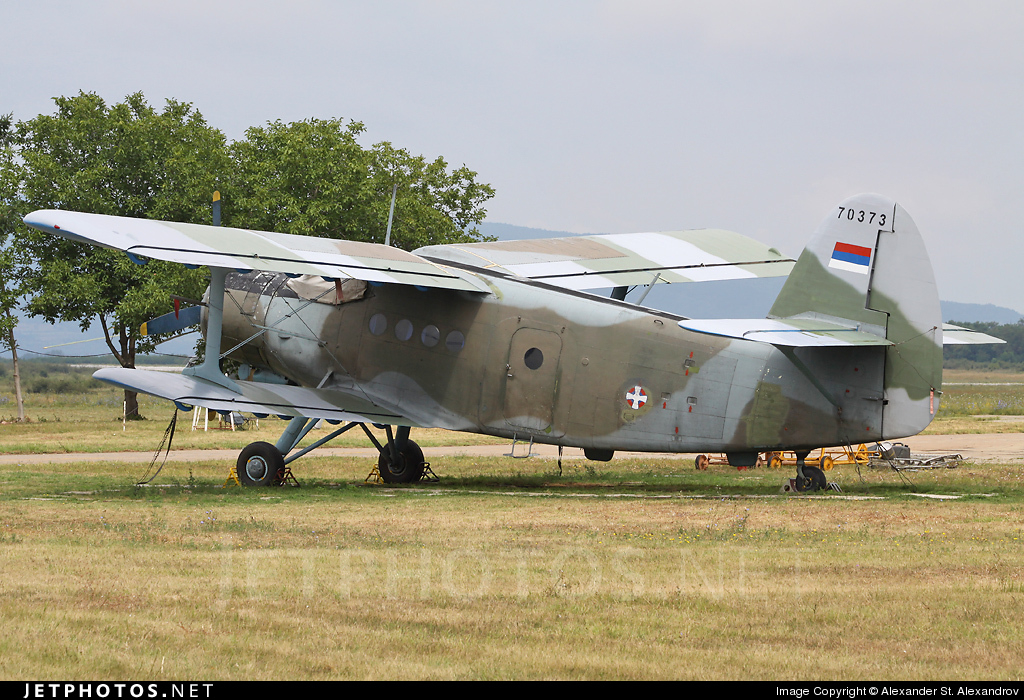
and China via a license-built copy.
They're an awesome bush plane. I wish we had a bunch here. And like a certain Mexican beer virus, it continues to mutate. This from Wikipedia:
And apparently it's magic:
The Antonov AN-2 is a general-purpose light hauler, designed to operate far from support off dirt, grass, snow, or water. The first one flew in 1947, and the last one left the assembly line in 2001. It's the Russian equivalent of the DC-3, a plane so overengineered that only gravity and corrosion can kill it.



Operators included FIFTY different countries, including Afghanistan,
Poland,

Lithuania,

Serbia,

and China via a license-built copy.
They're an awesome bush plane. I wish we had a bunch here. And like a certain Mexican beer virus, it continues to mutate. This from Wikipedia:
The Siberian Research Institute of Aviation (SIBNIA) has test flown a highly modified Antonov An-2 with carbon fibre winglet-like braces and carbon fibre wing structures. It was equipped with a five-bladed turboprop engine, most probably the Honeywell TPE331 already installed on a modernized version of the An-2 that entered service in 2014. According to Russian aviation company Sukhoi, this aircraft was built to demonstrate the aerodynamic and structural changes that were planned for an eventual An-2 replacement announced on 10 June 2015. The autoclave-cured carbonfibre composite materials – including wing panels, spars and ribs – were produced by the Novosibirsk Aviation Plant. Sukhoi says the design change improved the speed of the An-2 by 50%, and testing also has shown the minimum flying speed of the aircraft is "close to zero".
And apparently it's magic:
The An-2 has no stall speed, a fact which is quoted in the operating handbook. A note from the pilot's handbook reads: "If the engine quits in instrument conditions or at night, the pilot should pull the control column full aft and keep the wings level. The leading-edge slats will snap out at about 64 km/h (40 mph) and when the airplane slows to a forward speed of about 40 km/h (25 mph), the airplane will sink at about a parachute descent rate until the aircraft hits the ground."[4] As such, pilots of the An-2 have stated that they are capable of flying the aircraft in full control at 48 km/h (30 mph) (as a contrast, a modern Cessna four-seater light aircraft has a stall speed of around 80 km/h (50 mph)). This slow stall speed makes it possible for the aircraft to fly backwards relative to the ground (if the aircraft is pointed into a headwind of roughly 56 km/h (35 mph), it will travel backwards at 8.0 km/h (5 mph) whilst under full control).
Last edited:


















































